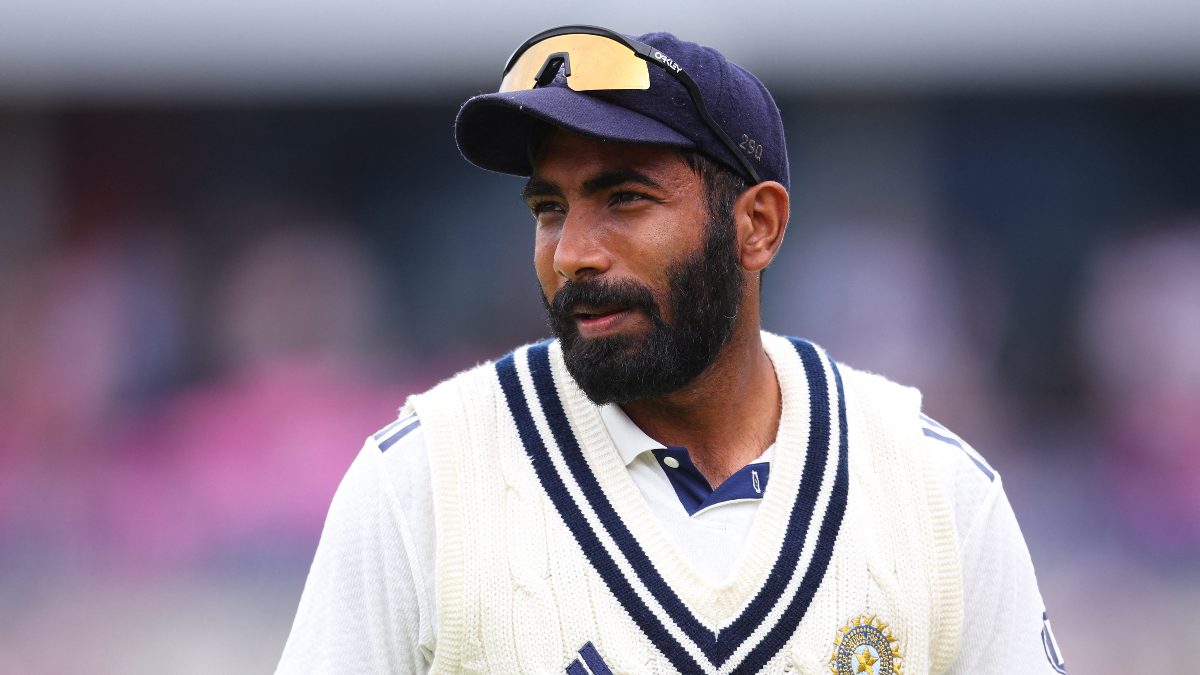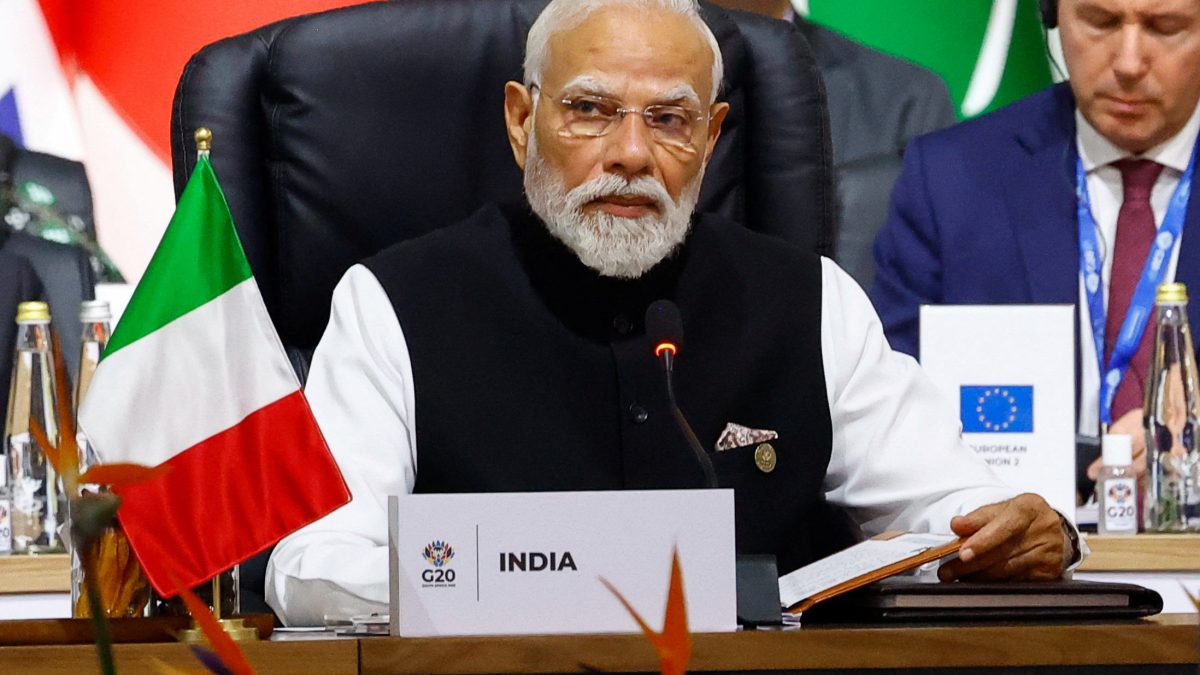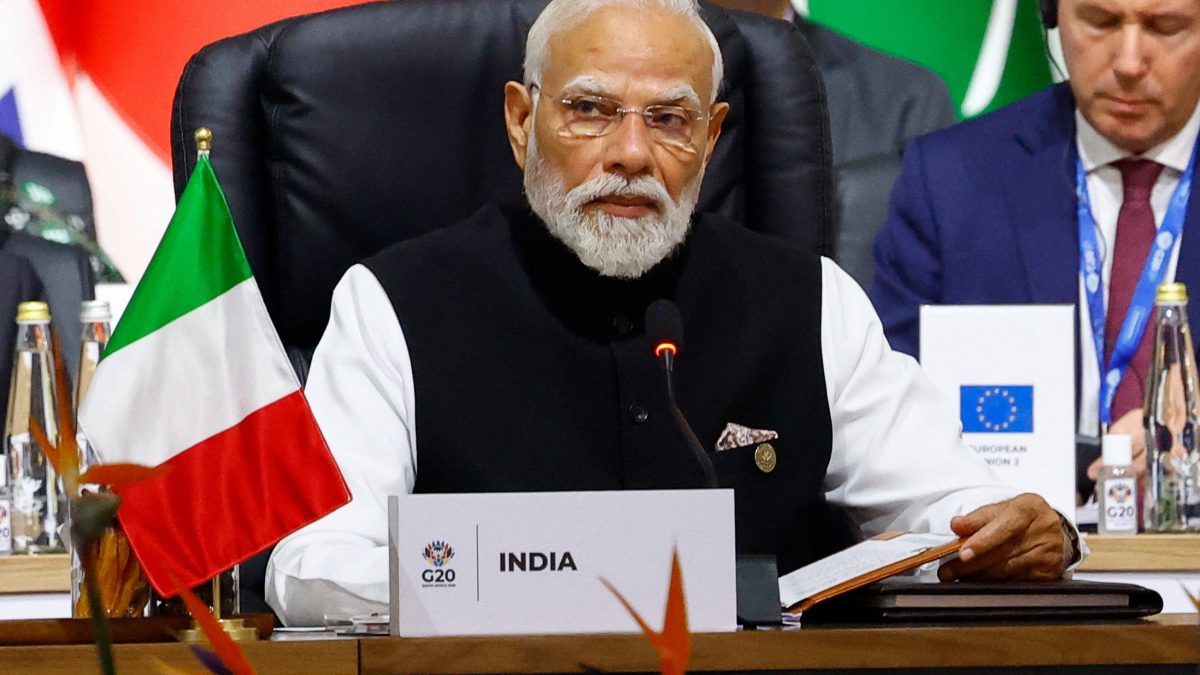November 22, 2025, Guwahati. India are in slightly unfamiliar territory. Losing a home Test series was bad enough last year, and here they are now, contemplating the unthinkable – of losing two home Test rubbers in a year’s span. They have never played a Test match in the city, and they have not been 0-1 down to South Africa in a home Test series since 2010 either. And they have to navigate all of these terrains without their regular skipper.
Shubman Gill, who battled neck spasms in Kolkata, has been ruled out. Gill, some would say, was only appointed full-time skipper a few months ago, but his ascension to the throne in ODI cricket, and his role as vice-captain in T20Is has left no doubt over who India look at as their de-facto leader nowadays.
Gill’s absence, as captain and star batter, is, undoubtedly, a big blow. One India could have done without. Especially as they try to draw parity against the reigning world champions in the format. But one they now have to live with. And a responsibility that Rishabh Pant, a captain never before on the Test front, must not just shoulder, but excel in.
A rocky start in a new role
At the start, Pant did not make a good fist of it. Which is totally understandable because he has never captained India before in red-ball cricket. And whatever experience he has accrued in recent years has been through the IPL – a format vastly different, and a format that demands a vastly different captaincy skill-set.
On occasions, that came through during Pant’s first day as captain in Guwahati. In the morning session, there were numerous bowling changes once the pacers had bowled their respective opening spells with the new ball. Nitish Kumar Reddy, brought in, primarily, to break the monopoly of left-handed Indian batters, was called upon as India’s first-change bowler.
Quick Reads
View AllReddy did not bowl badly per se, but he did offer up a few boundary balls, which Aiden Markram and Ryan Rickelton gladly capitalised upon. That was probably the first little period that allowed the visitors off the hook, and may have given them confidence – that they could set up for a much longer haul than was the case in Kolkata.
Pant’s decision to turn to Washington Sundar ahead of the others may also have rankled a few. Sundar has experience of bowling with the new ball in white-ball cricket, and there was a left-hander at the crease too. But he bowled a grand total of one over at the Eden Gardens. Across two innings. And most of South Africa’s problems were caused (the pitch notwithstanding) by Kuldeep Yadav and Ravindra Jadeja. The former, because of his variations; the latter, due to his unerring accuracy.
Markram and Rickelton, had they been asked, may probably have said they were happier facing Reddy and Sundar rather than Kuldeep and/or Jadeja. And they were helped further by Pant not applying enough pressure with his field placements. Sundar had a defensive field set-up, which resembled a white-ball field. It left experts such as Aakash Chopra and Anil Kumble perplexed, and begged the question on what India were trying to achieve. If they felt Sundar was the best option to break the partnership at that juncture, their field settings certainly did not indicate so.
Pant’s constant shuffling of bowlers also meant they could not get into any kind of rhythm. It did, to an extent, keep the batters guessing because they were unsure of who they would face and which end they would face them from. But it may have also confused the bowlers, with them having to restart over and over.
At that point, it felt like Pant was trying too hard. Or that he was a touch circumspect of what would work. Jasprit Bumrah belting out instructions at the first drinks break, animatedly at that, may have just been a coincidence and a case of India’s bowling spearhead trying to marshal his bowling unit. Or, it could have been Bumrah realising that Pant, in this new role, needed a helping hand and needed a senior to rev up the team.
India gradually warms up to their ’new’ Test leader
Thankfully for India and Pant, he seemed to learn on the job. As all promising skippers do. And India began responding to their new captain better too. The last session saw India utilise much more continuity. Bowlers bowled longer spells and got into their groove, with Kuldeep’s spell a potential game-breaker.
He removed Temba Bavuma, Tristan Stubbs and Wiaan Mulder relatively close to each other, and that exposed South Africa’s lower middle order, which was further dented at the fag end as Mohammed Siraj sent Tony de Zorzi packing – a dismissal aided and abetted, fittingly, by a sprawling Pant.
In between, there were a couple of other neat calls. The decision to bring back Bumrah for an over before tea worked a charm, with the pacer dismissing Markram. That decision led to India deploying Kuldeep from a different end at the start of the second session, and the left-arm wrist-spinner obliged by getting rid of Rickelton, caught sharply by Pant. Jadeja being persisted with at the beginning of the final session also paid dividends, with Temba Bavuma’s dismissal giving India a further foothold.
So, it was not all doom and gloom for Pant on his Test captaincy debut (although technically he did lead India on the final day in Kolkata as well). If anything, it was the sort of captaincy performance that showed a bit of promise, while also highlighting the rough edges that need smoothening in the near future, if Pant is asked to perform this gig more often.
But it is also true that a first-innings total and the pitch can only be judged once both sides have batted on it. And if this strip does start deteriorating rapidly, the 247 South Africa already have on the board might seem much healthier. In that scenario, India, the fans and those on the outside might feel that Pant could have done a little better, and been a little more up to scratch at the start of the day.
Unfamiliar and uncharted territory for India and for Pant
In an ideal world, though, Pant would not have been thrust into this situation, or into this deep end. But he was. In an ideal world, India would have wanted to rock up at a new Test venue in Guwahati, safe in the knowledge that another home series defeat was not on the menu. But that was not to be.
Both India and Pant were forced to make do with it. And to live with it. Some would, of course, say it could have gone better. But it could have gone worse too.
This was, after all, a step into unfamiliar and uncharted territory for both India and Pant. That they are afloat, thinking of how to swim towards safer and more familiar shores rather than jostling with another rapid descent should, at least for the time being, work. And provide hope that the responsibility Pant has had to shoulder, more in necessity than out of choice, could also see him, ultimately, excel.


)

)
)
)
)
)
)
)
)



